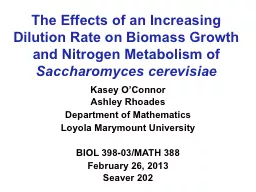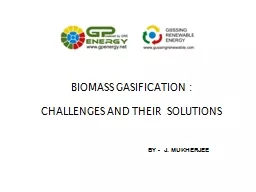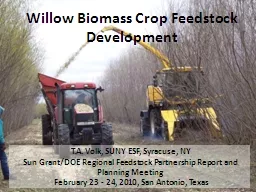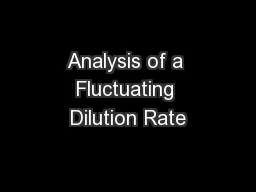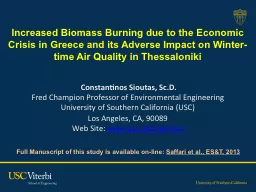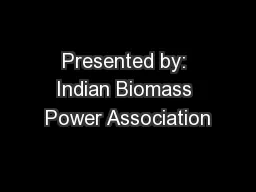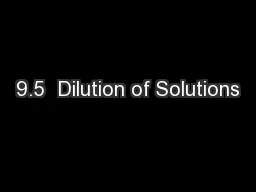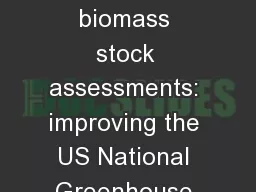PPT-The Effects of an Increasing Dilution Rate on Biomass Growt
Author : yoshiko-marsland | Published Date : 2017-06-16
Saccharomyces cerevisiae Kasey OConnor Ashley Rhoades Department of Mathematics Loyola Marymount University BIOL 39803MATH 388 February 26 2013 Seaver 202 Outline
Presentation Embed Code
Download Presentation
Download Presentation The PPT/PDF document "The Effects of an Increasing Dilution Ra..." is the property of its rightful owner. Permission is granted to download and print the materials on this website for personal, non-commercial use only, and to display it on your personal computer provided you do not modify the materials and that you retain all copyright notices contained in the materials. By downloading content from our website, you accept the terms of this agreement.
The Effects of an Increasing Dilution Rate on Biomass Growt: Transcript
Download Rules Of Document
"The Effects of an Increasing Dilution Rate on Biomass Growt"The content belongs to its owner. You may download and print it for personal use, without modification, and keep all copyright notices. By downloading, you agree to these terms.
Related Documents

